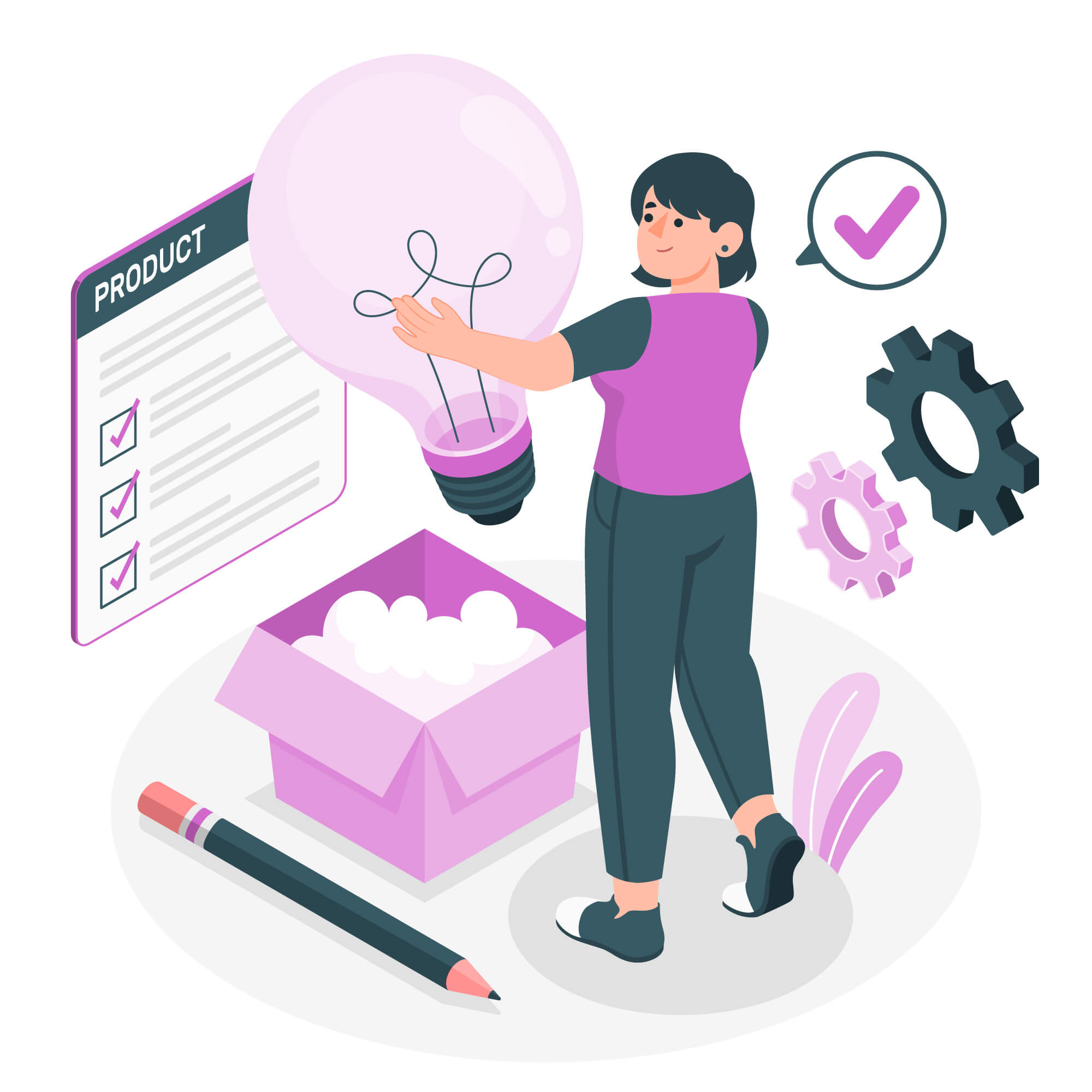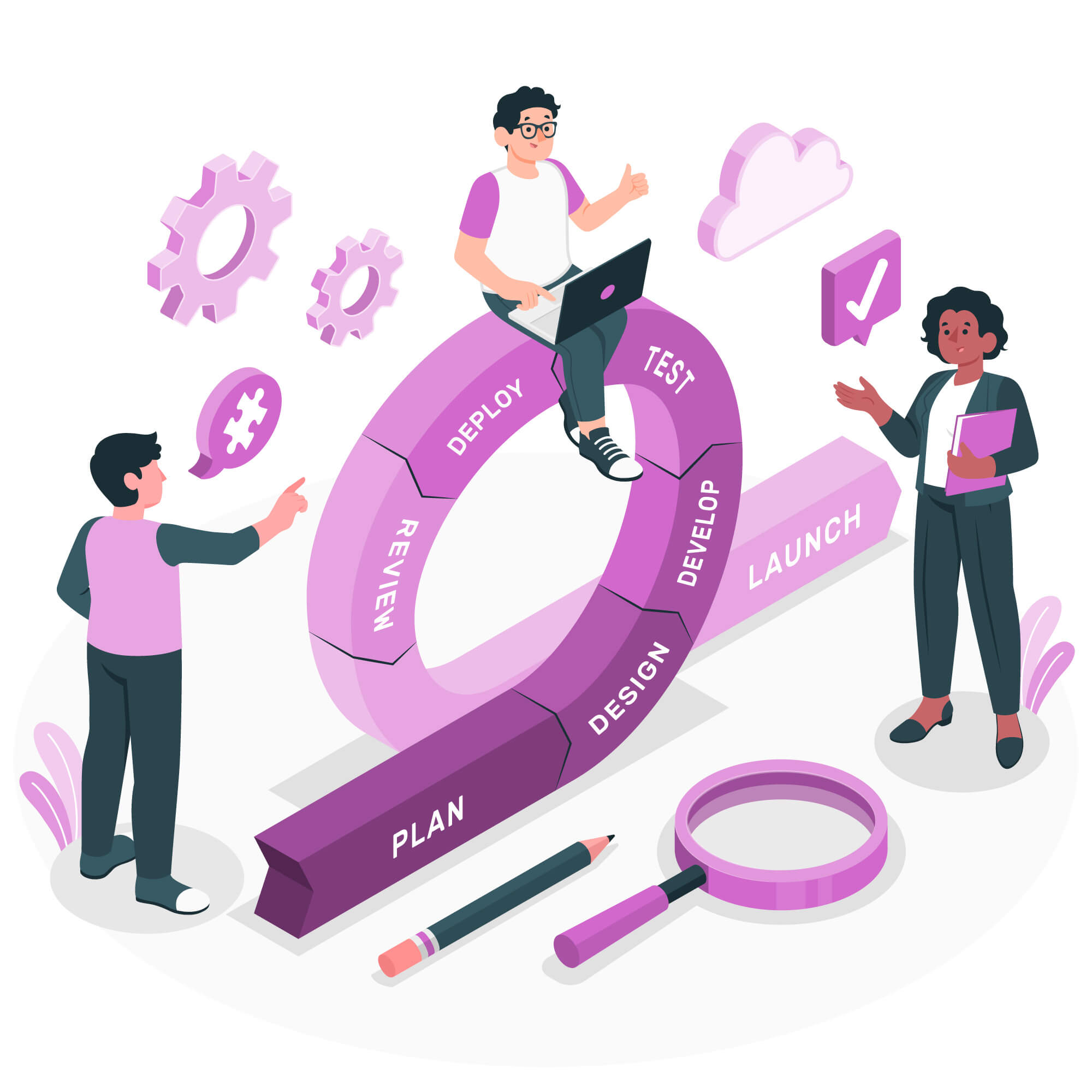What Does MVP Mean in Software Development? A Founder’s Guide
Author
Saint
Date Published

1. Introduction
In the fast-paced world of software development, the term Minimum Viable Product (MVP) has become a cornerstone for startups and founders aiming to test ideas swiftly and efficiently. But what exactly does MVP mean, and why is it crucial for your venture's success?
Curious about building your own MVP? Start your journey here to access our comprehensive guide.
This guide delves into the essence of MVPs, their significance in the development lifecycle, and how they can propel your startup toward achieving product-market fit. Whether you're a seasoned entrepreneur or embarking on your first project, understanding MVPs is pivotal.
2. MVP Defined: What is a Minimum Viable Product?
An MVP is the most basic version of your product that delivers core functionalities to meet the primary needs of early adopters. It's not about launching a half-baked product but about creating a functional prototype that allows you to gather feedback and validate assumptions.
Core Principles:
- Minimum: Includes only essential features.
- Viable: Sufficient to satisfy early users.
- Product: A tangible offering that can be tested in the market.
The concept of MVP gained prominence through Eric Ries' Lean Startup methodology, emphasizing rapid iteration and validated learning.

3. Why MVP Matters for Founders
Embracing an MVP approach offers several strategic advantages:
- Risk Reduction: Minimizes the risk of building a product that doesn't meet market needs.
- Faster Time-to-Market: Accelerates the launch process by focusing on core functionalities.
- Cost Efficiency: Reduces development costs by avoiding unnecessary features.
- Market Validation: Provides real-world data to validate product assumptions.
- Investor Appeal: Demonstrates commitment and progress, making your venture more attractive to investors.
However, founders often misconceive MVPs as incomplete products. In reality, an MVP is a strategic tool for learning and iteration.
4. MVP vs. Prototype vs. Proof of Concept
Understanding the distinctions between these terms is crucial:
Aspect | MVP | Prototype | Proof of Concept (PoC) |
Purpose | Test market demand | Visualize design and functionality | Validate technical feasibility |
Development Stage | Post-idea, pre-launch | Early design phase | Initial concept exploration |
Audience | Early adopters | Internal stakeholders | Internal team and investors |
Functionality | Core features only | May be non-functional | Demonstrates feasibility |
For instance, a prototype might showcase the user interface design, while a PoC tests the viability of a specific technology or feature before full-scale development.
5. MVP and Agile Methodologies
MVPs align seamlessly with Agile development practices, which emphasize iterative progress through short cycles (sprints). This synergy allows teams to:
- Build: Develop core functionalities.
- Measure: Collect user feedback and data.
- Learn: Analyze results to inform the next iteration.
This iterative process ensures continuous improvement and alignment with user needs.

6. Essential Elements of a Successful MVP
Creating an effective MVP involves:
- Identifying Core Features: Focus on functionalities that address the primary user needs.
- Ensuring Viability: The product must be usable and deliver value.
- User Experience (UX): Even with minimal features, the product should offer a seamless experience.
- Feedback Mechanisms: Implement tools to gather user insights for future enhancements.
7. MVP in App Development
In the realm of app development, an MVP serves as the initial version of your application with essential features. Key considerations include:
- Platform Choice: Decide between iOS, Android, or cross-platform solutions.
- Development Approach: Choose between native development, low-code, or no-code platforms based on resources and requirements.
- Testing: Conduct thorough testing to ensure functionality and usability.
Ready to bring your app idea to life? Start building your MVP now with our comprehensive guide.
8. MVP App Examples
Successful companies have leveraged MVPs to validate their ideas:
- Uber: Initially launched as a simple app allowing users to hail rides, Uber tested the core concept before expanding features.
- Airbnb: Started by renting out air mattresses in a living room, testing the concept of short-term rentals.
- Instagram: Began as a photo-sharing app with basic filters, focusing on user engagement before adding advanced features.
These examples highlight the importance of validating assumptions before full-scale development.
9. How to Build Your MVP: Step-by-Step Guide
- Define the Problem and Target Audience: Understand the pain points you're addressing.
- Prioritize Features: Use frameworks like MoSCoW (Must have, Should have, Could have, Won't have) to determine essential functionalities.
- Choose Development Approach: Decide on the technology stack and development methodology.
- Develop and Test: Build the MVP and conduct user testing to gather feedback.
- Launch and Iterate: Release the MVP to the market, collect data, and refine the product based on insights.
Looking to develop your MVP? Access our step-by-step guide to get started today.

10. MVP App Download and Launch Strategies
Preparing for the launch involves:
- App Store Optimization (ASO): Optimize your app's listing to improve visibility.
- Marketing Campaigns: Utilize social media, email marketing, and influencer partnerships to promote the app.
- User Onboarding: Ensure a smooth onboarding process to enhance user retention.
- Feedback Collection: Implement tools like surveys and analytics to gather user feedback for future improvements.
11. Measuring MVP Success
Key performance indicators (KPIs) to assess MVP success include:
- User Engagement: Metrics like daily active users (DAU) and session duration.
- Customer Acquisition Cost (CAC): The cost associated with acquiring a new user.
- Retention Rate: The percentage of users who continue using the app over time.
- Net Promoter Score (NPS): A measure of user satisfaction and likelihood to recommend.
Analyzing these metrics helps determine whether to pivot, persevere, or scale.
12. Common MVP Pitfalls and How to Avoid Them
Common challenges include:
- Feature Creep: Adding unnecessary features that delay launch.
- Ignoring Feedback: Failing to listen to user insights can lead to product misalignment.
- Sacrificing Quality: Cutting corners to save time can result in a poor user experience.
- Undefined Success Metrics: Without clear KPIs, it's challenging to measure success.
To mitigate these issues, maintain a clear focus on core functionalities, actively seek user feedback, ensure quality standards, and define success metrics from the outset.
13. From MVP to Full Product: What’s Next?
Transitioning from an MVP involves:
- Evaluating Feedback: Analyze user feedback to identify areas for improvement.
- Enhancing Features: Gradually add features that align with user needs and business goals.
- Scaling Operations: Expand infrastructure and resources to support growth.
- Developing a Roadmap: Create a strategic plan for future product development and market expansion.
14. Conclusion
An MVP is not just a product development strategy; it's a mindset that emphasizes learning,